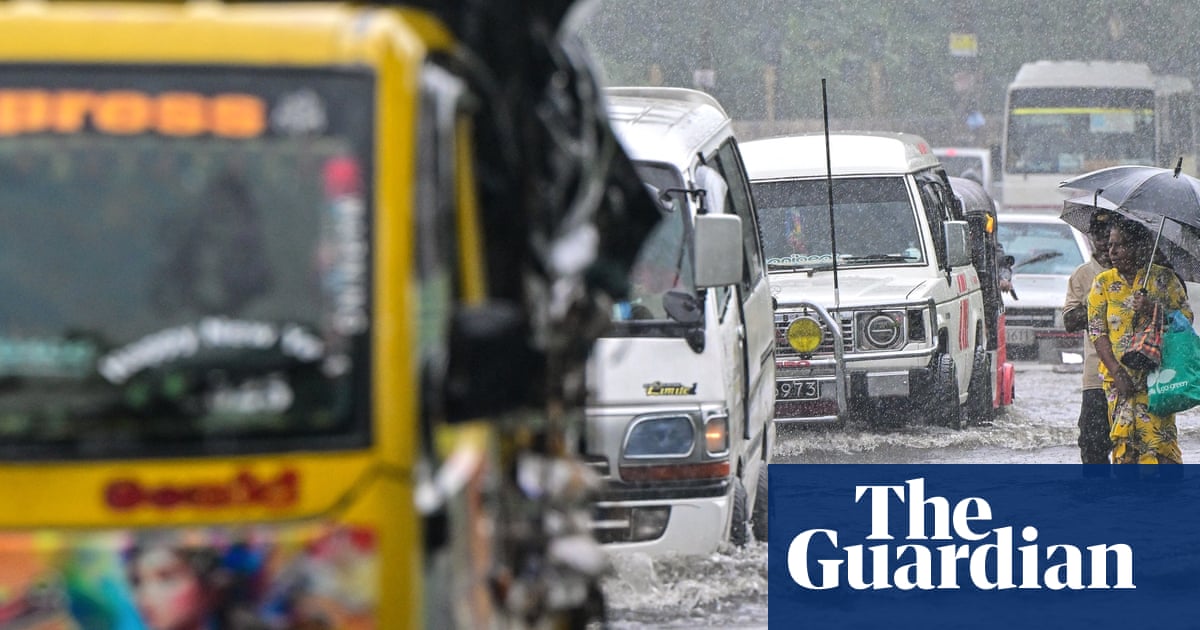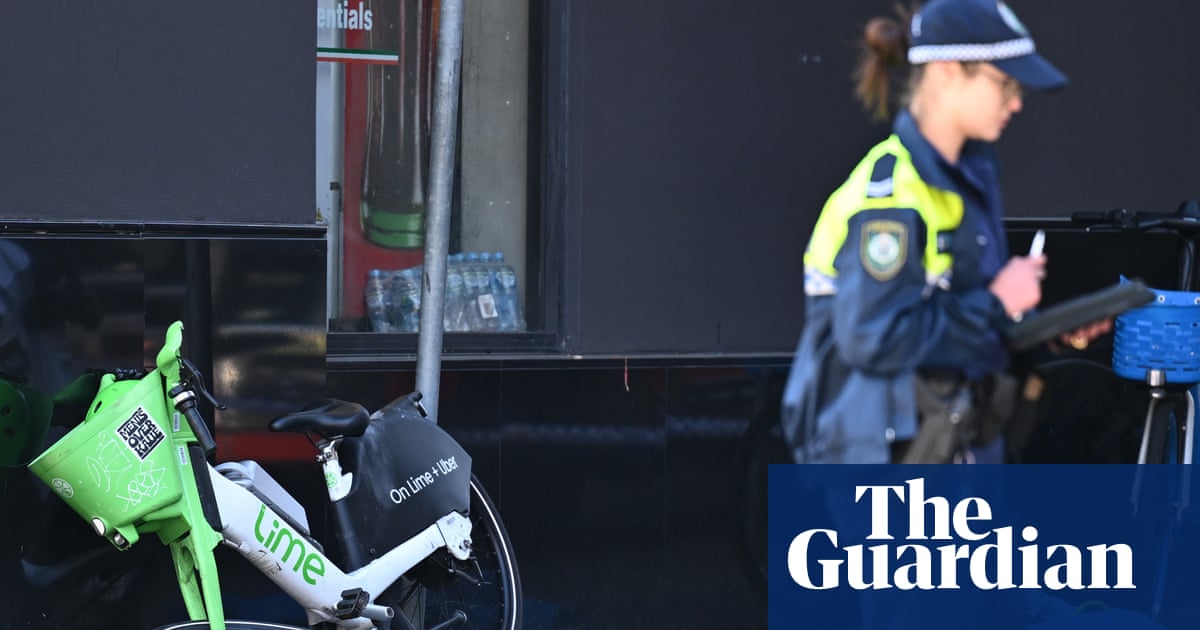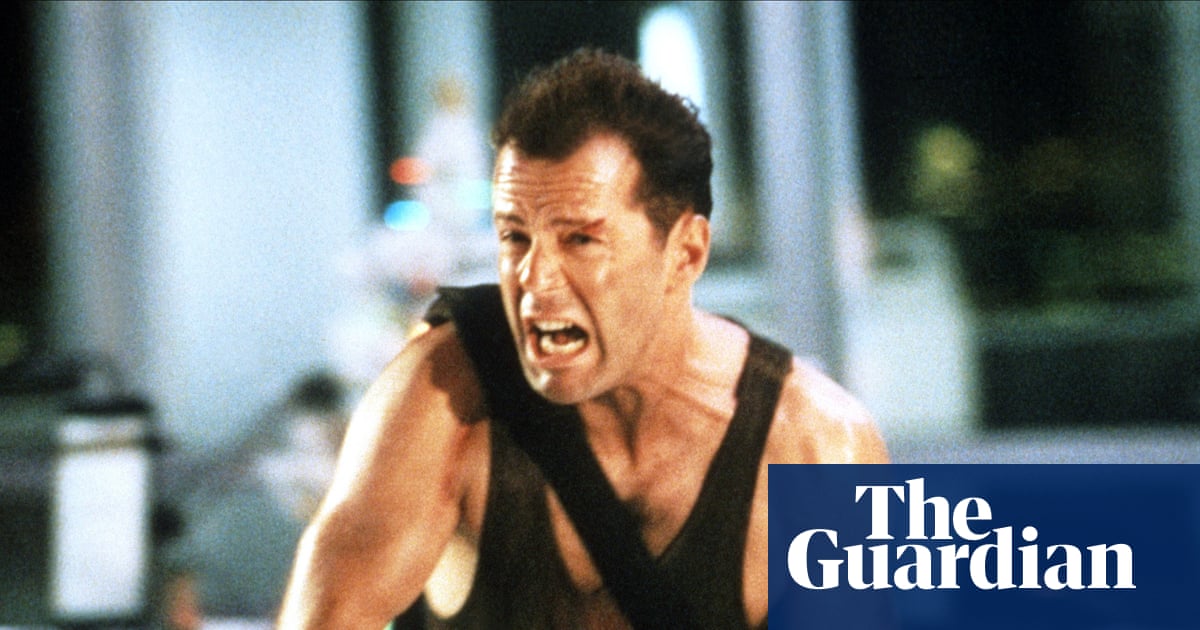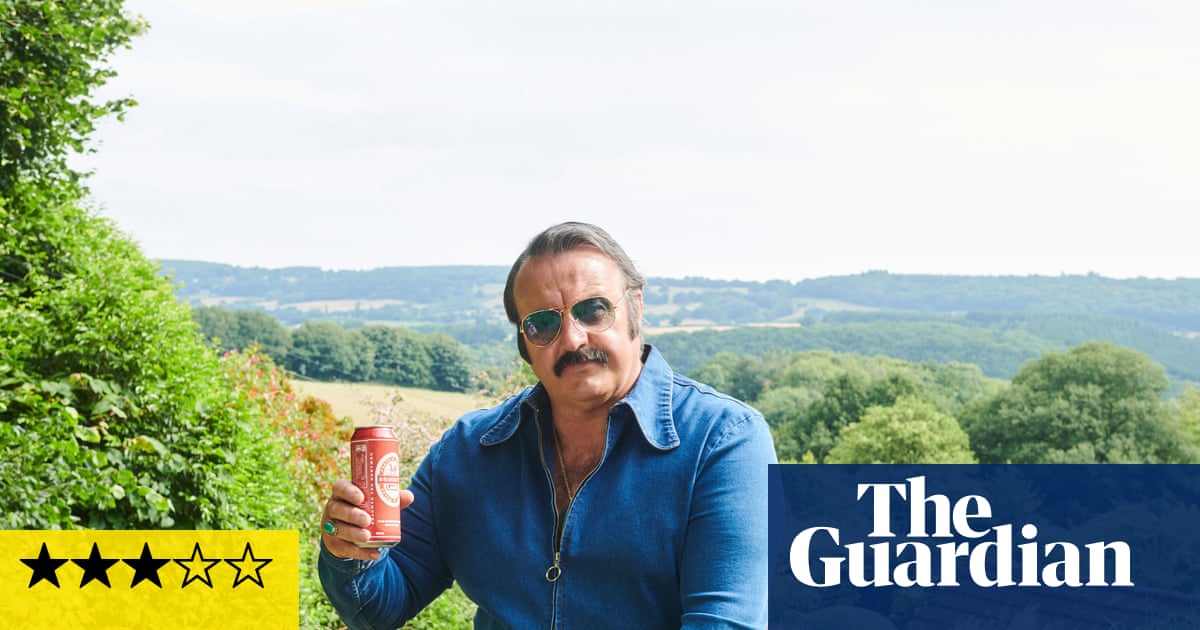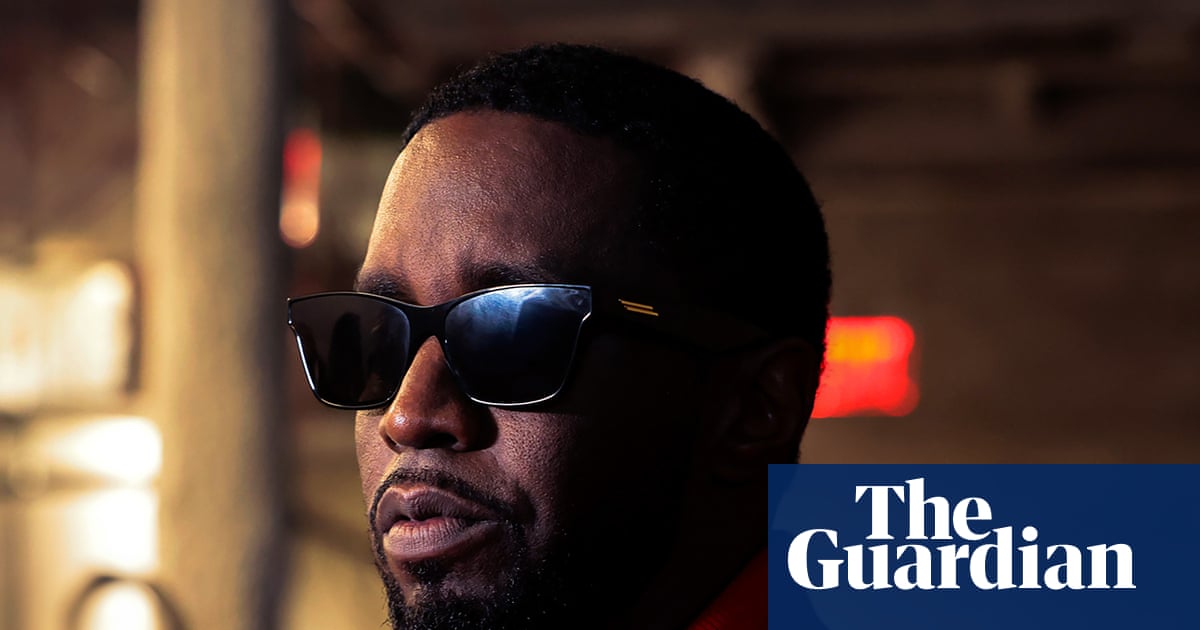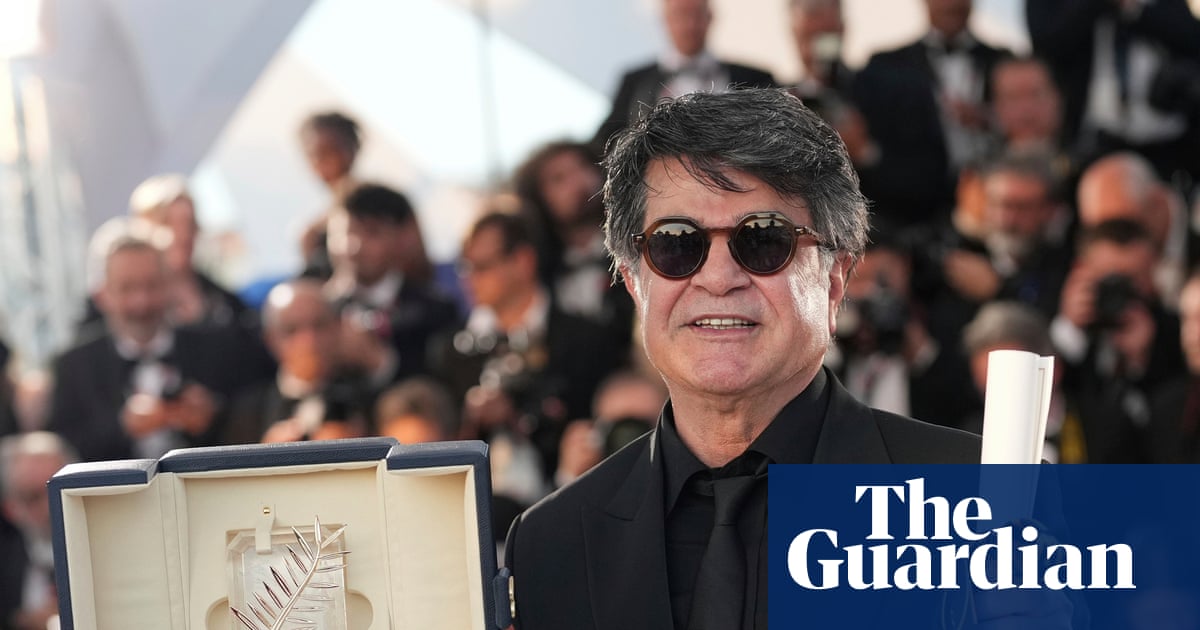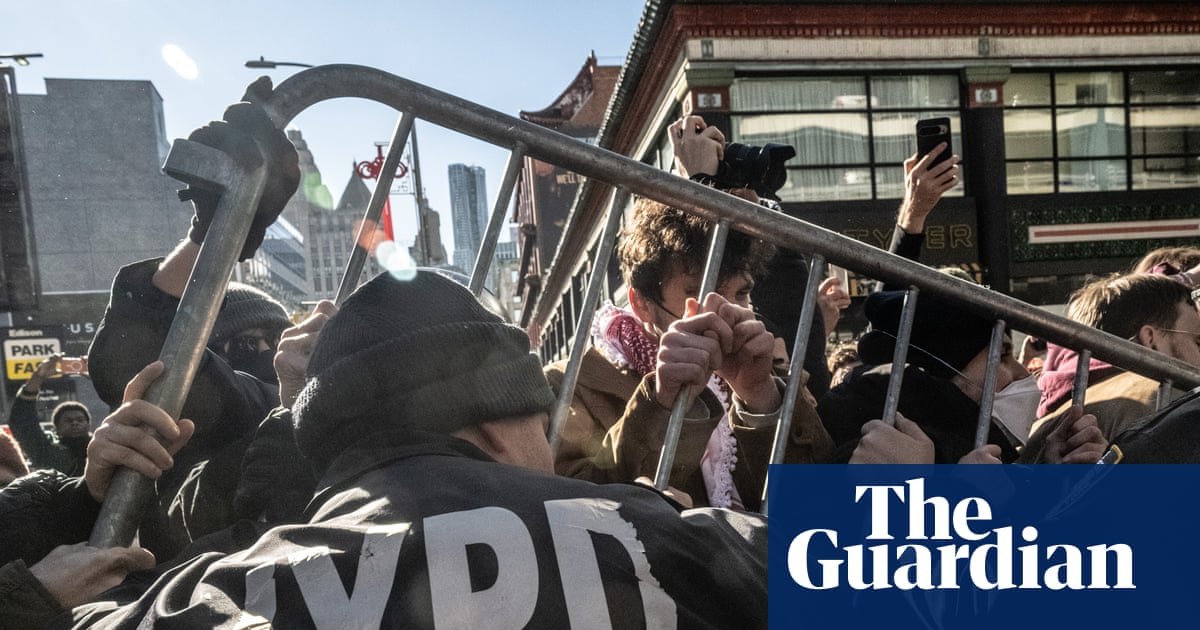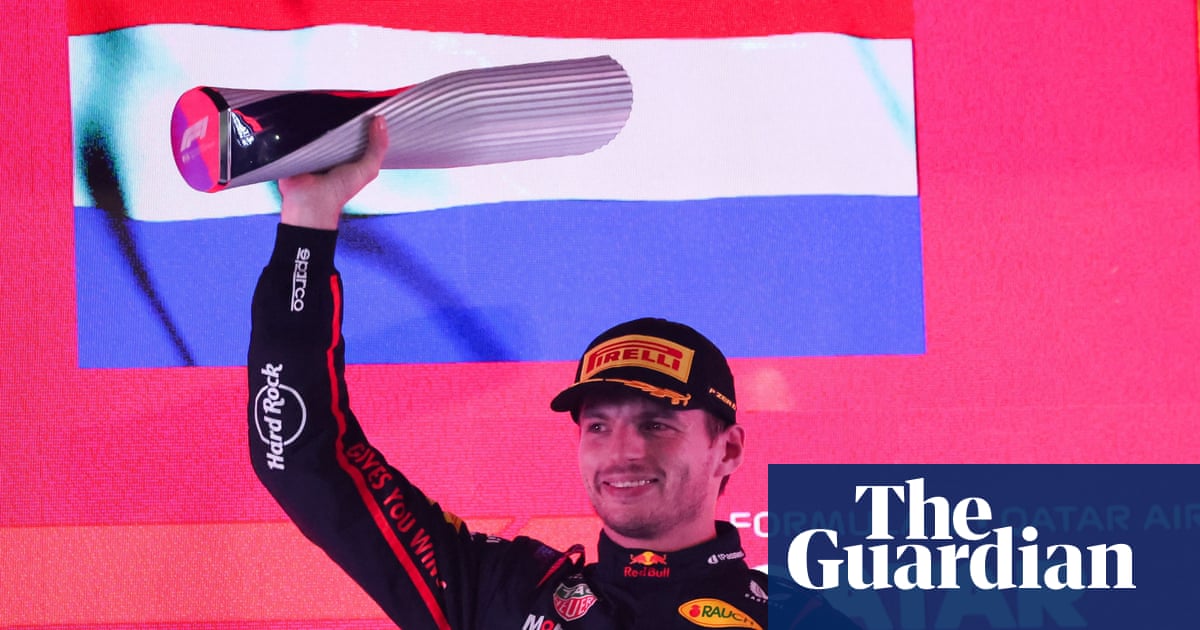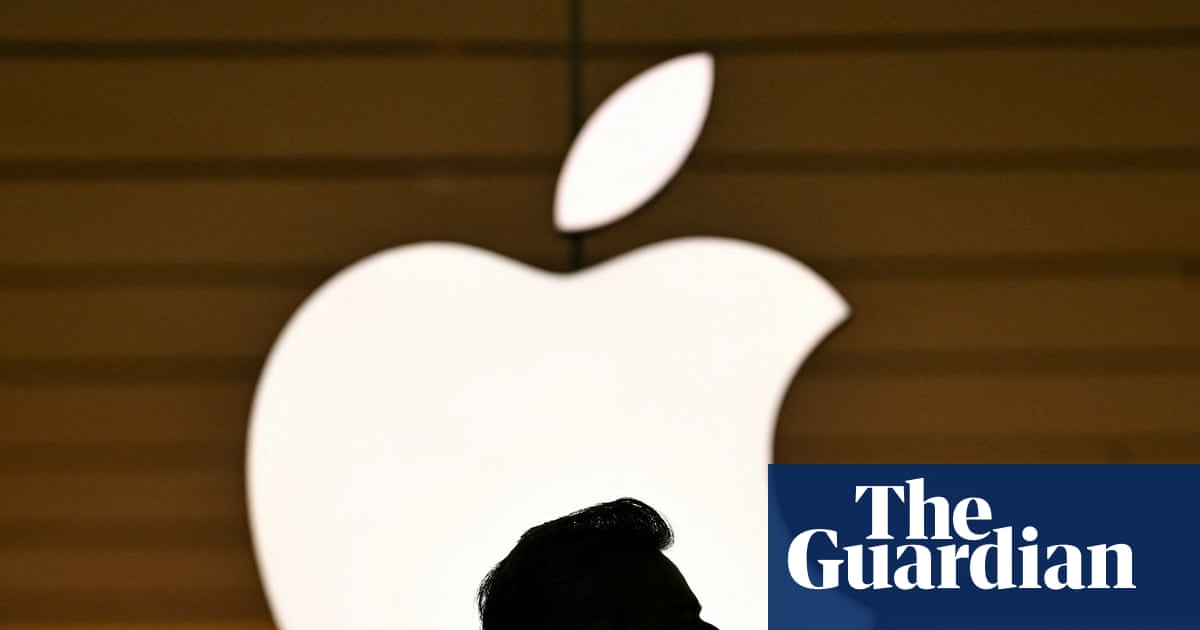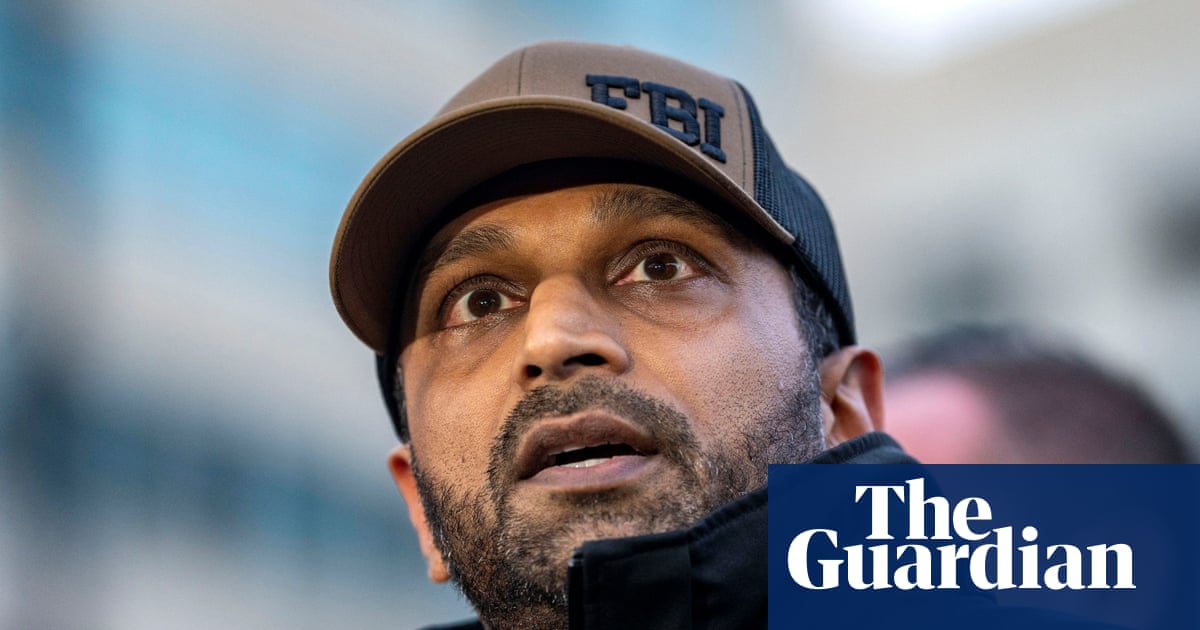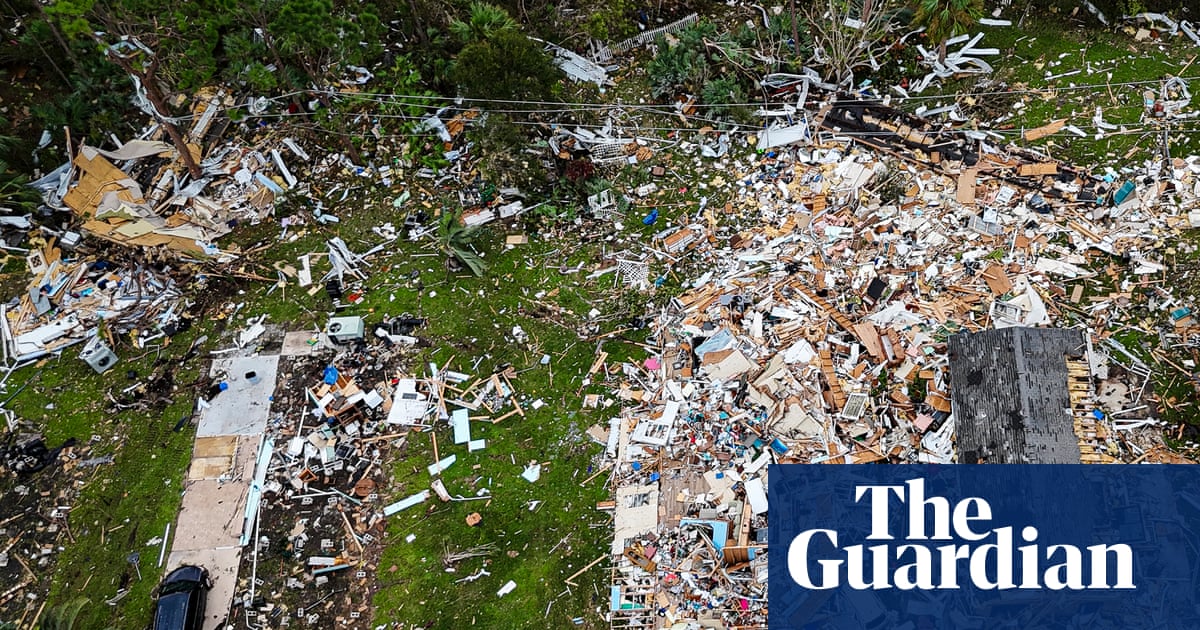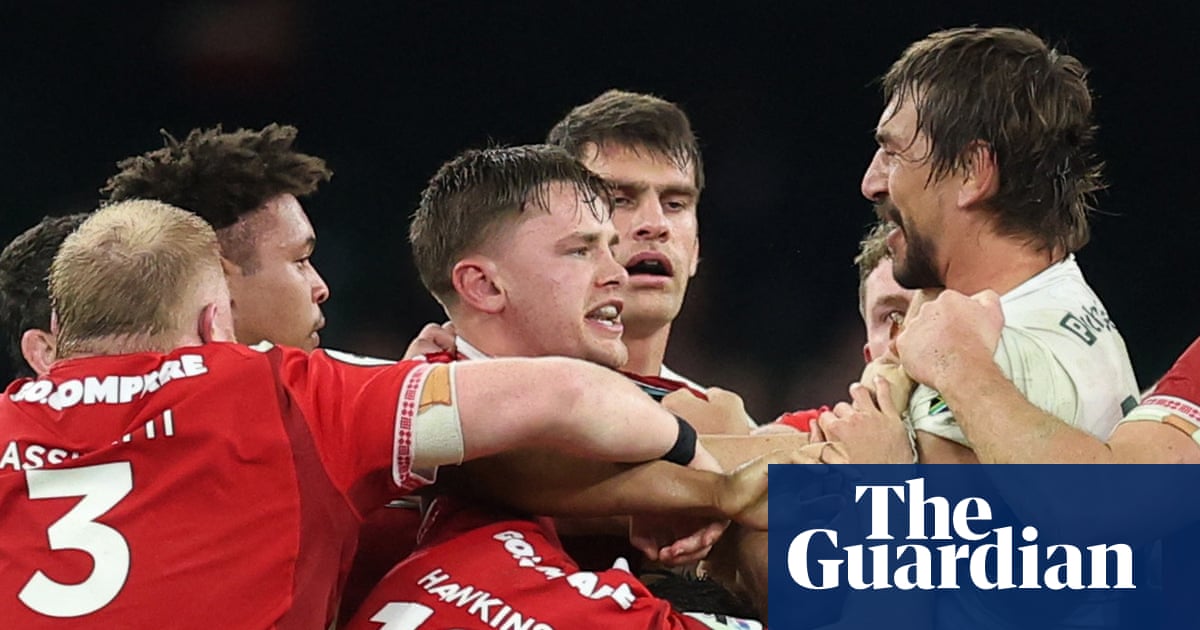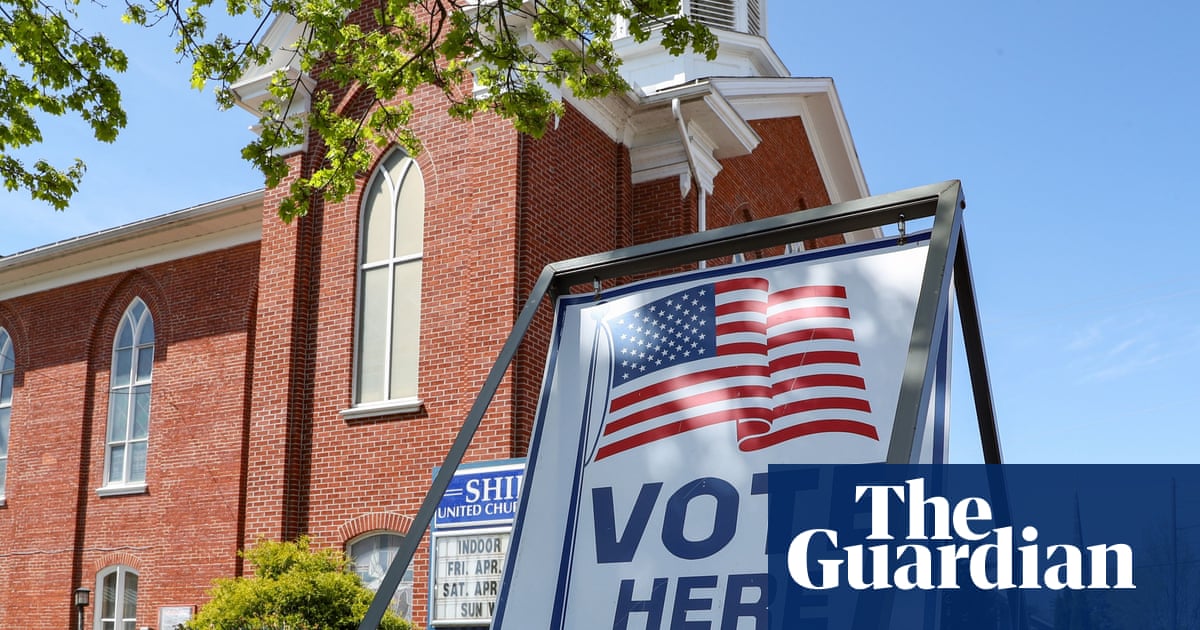The launch of MTV, in 1981, ushered in a new era of music. Showing music videos 24 hours a day, the television channel redefined artist marketing and launched the careers of artists such as Michael Jackson and Madonna, whose public personas became inseparable from the gripping, frequently controversial clips they produced to be played on the service.
Now, that chapter of music history appears to be drawing to a close, with MTV’s parent company Paramount announcing last week that its five dedicated music channels in the UK – MTV Music, MTV 80s, MTV 90s, Club MTV and MTV Live – will cease broadcasting after 31 December. (The flagship MTV channel, which broadcasts reality programmes such as Catfish, The Hills and Geordie Shore, will remain in operation.)
For some, it represents the end of an era. Others, such as the musician Hannah Diamond, suggest that era may have been over some time ago. “The last few years, MTV has sort of transformed [into] more of a nostalgic memory,” she says. “It hasn’t been part of the conversation for such a long time that it really doesn’t surprise me that they’re ending it.” As an independent artist, she says, YouTube has always been the primary platform for music video releases.
The specific shuttering of the brand’s music platforms does call into question the position of the music video in today’s industry, and whether the form still provides a viable outlet for expression and promotion. Jennifer Byrne, head of development at Academy Films – the famed production company that launched the careers of film-makers such as Jonathan Glazer through their music video work – says that “labels aren’t as willing” to invest heavily in videos as they once were. “They’re trying to spend that money on so many more deliverables than there used to be,” she says, referring to the multiplicity of online video and social media platforms. “It used to just be one three-minute video. Now it’s: how do you reach all these different audiences and can you cut it in 10 different ways?”
Iris Luz, a London-based director who has made videos for British pop singers PinkPantheress and George Riley, says that budgets for videos are shrinking rapidly, even for seemingly simple clips. “The number of times I’ll come up with an idea that, to me, seems easy, and people are like: ‘No, that’s gonna be 50 billion pounds,’” she says. “I’m like, that’s funny, because it’s in one house with four people. I don’t know what’s going on.”
Neither Luz nor Byrne believes that the end of MTV will significantly impact music videos overall. In Luz’s mind, videos now are less promotional tools than “vehicles for relatability and branding that makes [a viewer] want to buy into the artist,” she says. “They’re just a facet in the ecosystem of a musician. Because of TikTok and the rise of independent artists, people put out music as soon as they’re done with it. So a video is designed to convey that immediacy – where they’re at in one moment – rather than make a big splash like 15 years ago.”
There are also still barriers to entry for smaller artists, says Diamond. “The music videos I have made have been made through sheer luck, grafting or multiple years of work put into one thing,” she says. “I’ve become a musician in an era where artists don’t get the budget to make a music video unless they are a really big artist with a big label behind them that thinks it’s going to be a worthwhile investment.”

Directors are feeling the pinch too: Byrne says that where “back in the day, an artist would have been like, ‘I like what Glazer’s doing, I’m going to talk to him,’ now, you’re pitching [to an artist] against [maybe] 10 different directors, and that’s free labour on the director’s part, creating this amazing treatment.” Plus, she says, “no one makes money out of these videos. Production companies don’t – but we still do them because they’re really important and a vital part of a director finding their own voice.”
Part of the problem, of course, is that content budgets now have to stretch across short-form video, too. Luz says that while TikTok videos can be “shot on a DSLR camera; a guy with a guitar and a dream, singing on a pub stool,” they can also be just as creative and innovative as traditional videos. “Content can be an added facet to the [musician’s] world,” she says, citing her work with the band Confidence Man, which she says is “on par with their shows and music videos because they have fun with it.”
Despite everything, videos can still be a pipeline to feature directing, says Byrne: “If you look at [Everything Everywhere All at Once directors] The Daniels, they started off in the music video world, and then they won an Oscar,” she says. “Music videos still allow those unique personalities to shine through and take risks.”
Last month, the Wall Street Journal reported that Paramount was looking at ways to revitalise the MTV brand, and Diamond says that, given how volatile and changeable the industry is, it’s hard to make any assumptions about the future of videos. “Who knew that vinyl was going to make such a massive comeback, you know?” she says. Luz agrees: “It’s like an album – albums are never gonna go away, and music videos are like punctuation for an album. They’re always going to exist.”

 1 month ago
25
1 month ago
25


